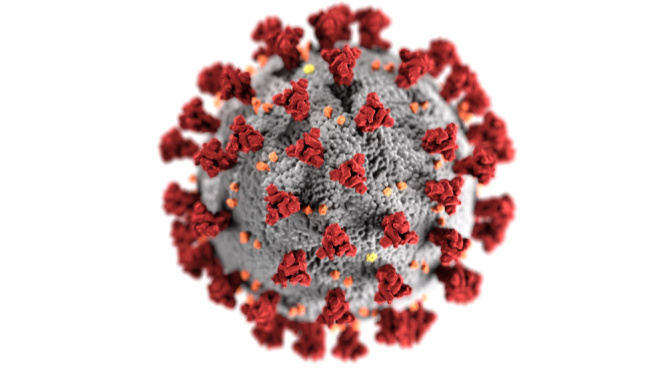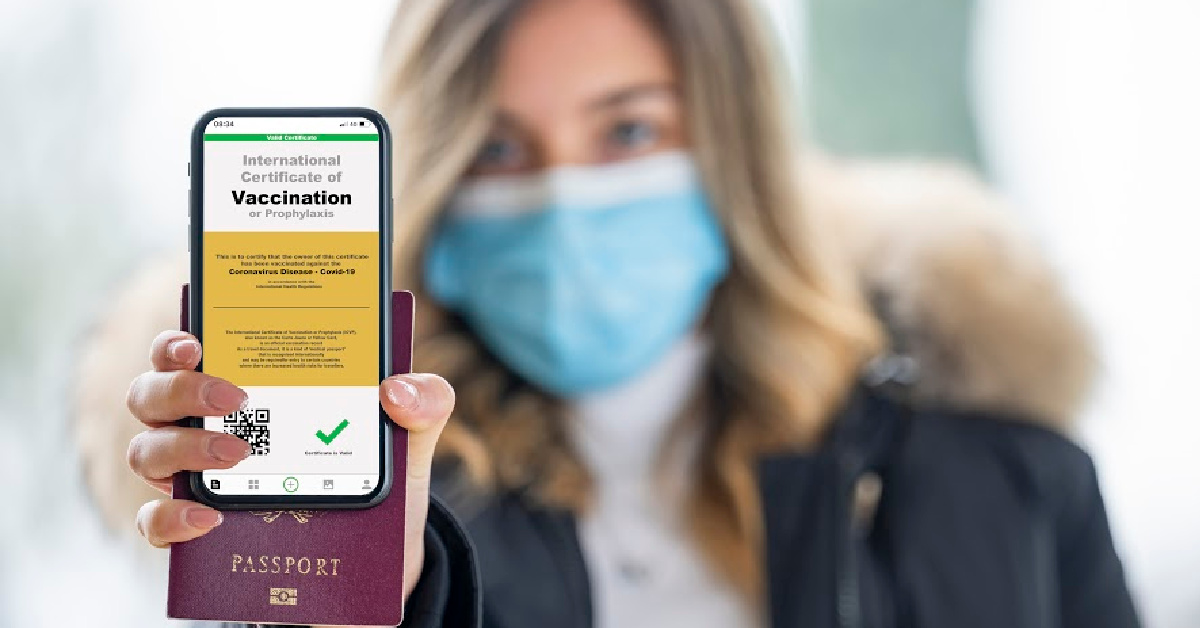Here’s How to Test Yourself for Covid-19 At Home
If you need to know if you’re positive or negative for the coronavirus before you travel or just for your own knowledge, here’s how you can self-test correctly to do just that.

Also known as home tests or tests you can buy over the counter, are one of the ways to protect yourself and others by reducing the chances of spreading the virus, according to the US Centers for Disease Control and Prevention

As of November 2021, self-tests detect current coronavirus infections but do not detect antibodies to the virus, according to the CDC.

It’s good to keep in mind that,
“If you have symptoms or were substantially exposed to someone with Covid-19, you should go get a PCR test. That’s the gold standard,” CNN Medical Analyst Dr. Leana Wen. “The at-home antigen tests should be used, ideally, when you are asymptomatic and the likelihood of you having Covid is pretty low, but you’re using it for assurance purposes.”
Dr. Leana Wen

Be cognizant of only buying tests authorized by the US Food and Drug Administration, Wen explained.
You can find a list of over 40 FDA-authorized home tests that can be found online, at the pharmacy or stocked on retail store shelves.

Some local health departments and several Federally Qualified Health Centers offer tests for free, the CDC says; just make sure that upon purchasing, the tests aren’t expired.

You should use an at home test before engaging in any indoor gathering with people who do not live with you the CDC recommends; this is especially important when the event includes unvaccinated children, elders, immunocompromised individuals or those who are at risk of severe disease.

If you are experiencing Covid-19 symptoms or have been exposed to someone with Covid-19, an at-home test is also recommended.
Preparing for the test includes a few important steps once you are ready to take it.

Here’s How to Prepare for a Covid-19 Self-Test
1). Before taking the test, clean the surface properly.
2). Carefully read instructions, as per the CDC recommends.
3). Wash your hands with soap and water for a minimum of 20 seconds.
4). When you open the box, check for damage or discoloration according to the manufacturer.
5). To collect nasal or saliva sample, follow the instructions listed in the correct order.
6). Read the test results within the timeframe specified in the instructions, says the CDC.

If instructions are not followed correctly, your test results could be invalid or result in an error.
Once the test is completed, make sure to discard all items in the trash and do not reuse them the CDC says; clean all surfaces again and wash your hands once more.

If tested positive, isolate for ten days if showing symptoms or five days without symptoms while wearing a mask for the next five days consecutively.
Tell your doctor of your positive test result and any individuals you’ve had contact with; make sure to avoid indoor gatherings and if you live with others in your home, keep in mind to wear that mask.

Conducting “serial tests” can make self-tests at home even more reliable which in return, can help reduce the risk of spreading the virus to others around you according to the CDC.
Taking “serial tests” include testing over several days twice or more times within at least 24 hours in between tests, with one test as close as possible to the event you wish to attend.

If you’re experiencing Covid-19 symptoms but your tests show a negative result,
“You should just go straight to getting a PCR test. Why get an at-home test?” Wen said. “The only situation where you would do that is if you just don’t have access to a PCR test.”
Dr. Leana Wen

Be safe, stay healthy, wear a mask, get vaccinated, and follow CDC guidlines.








